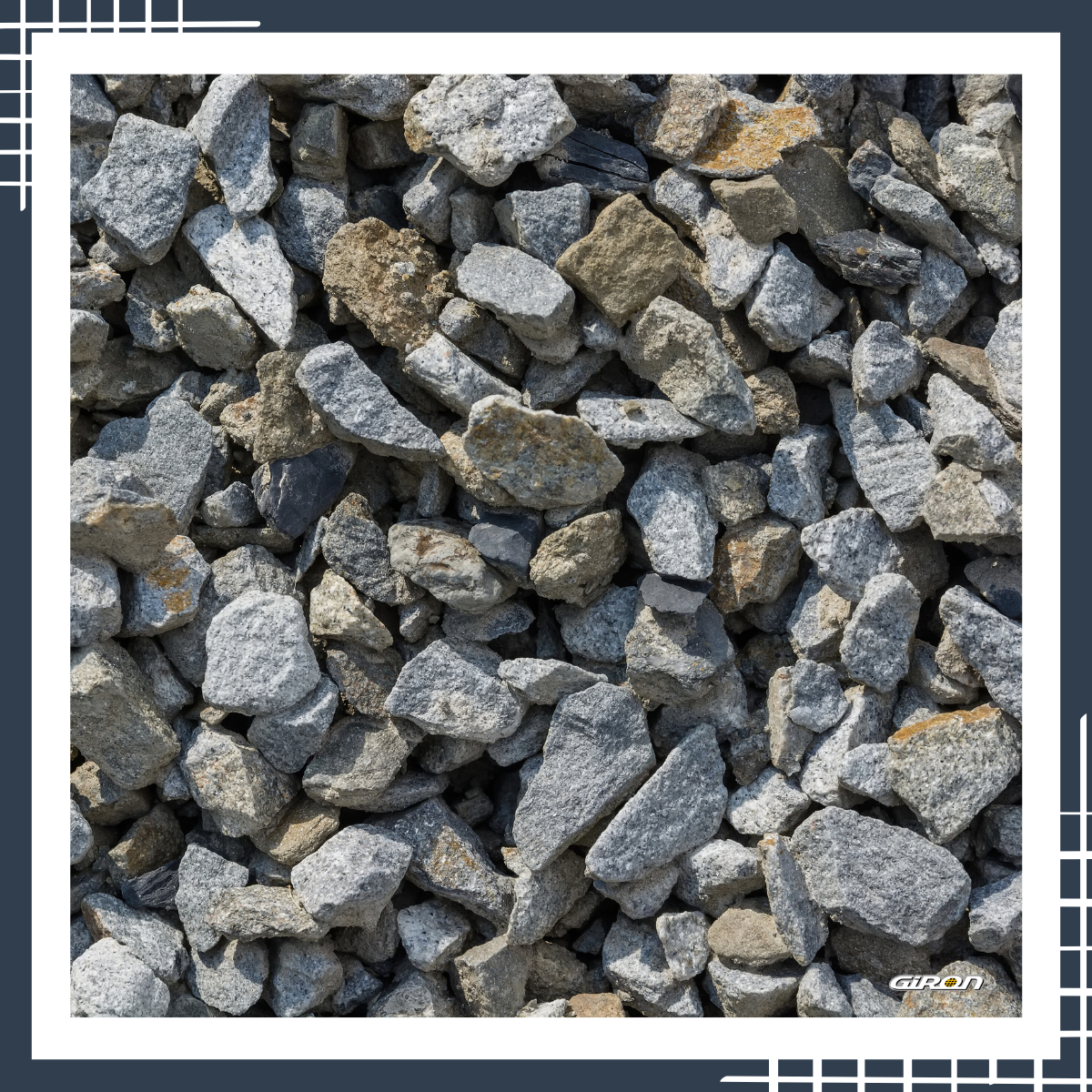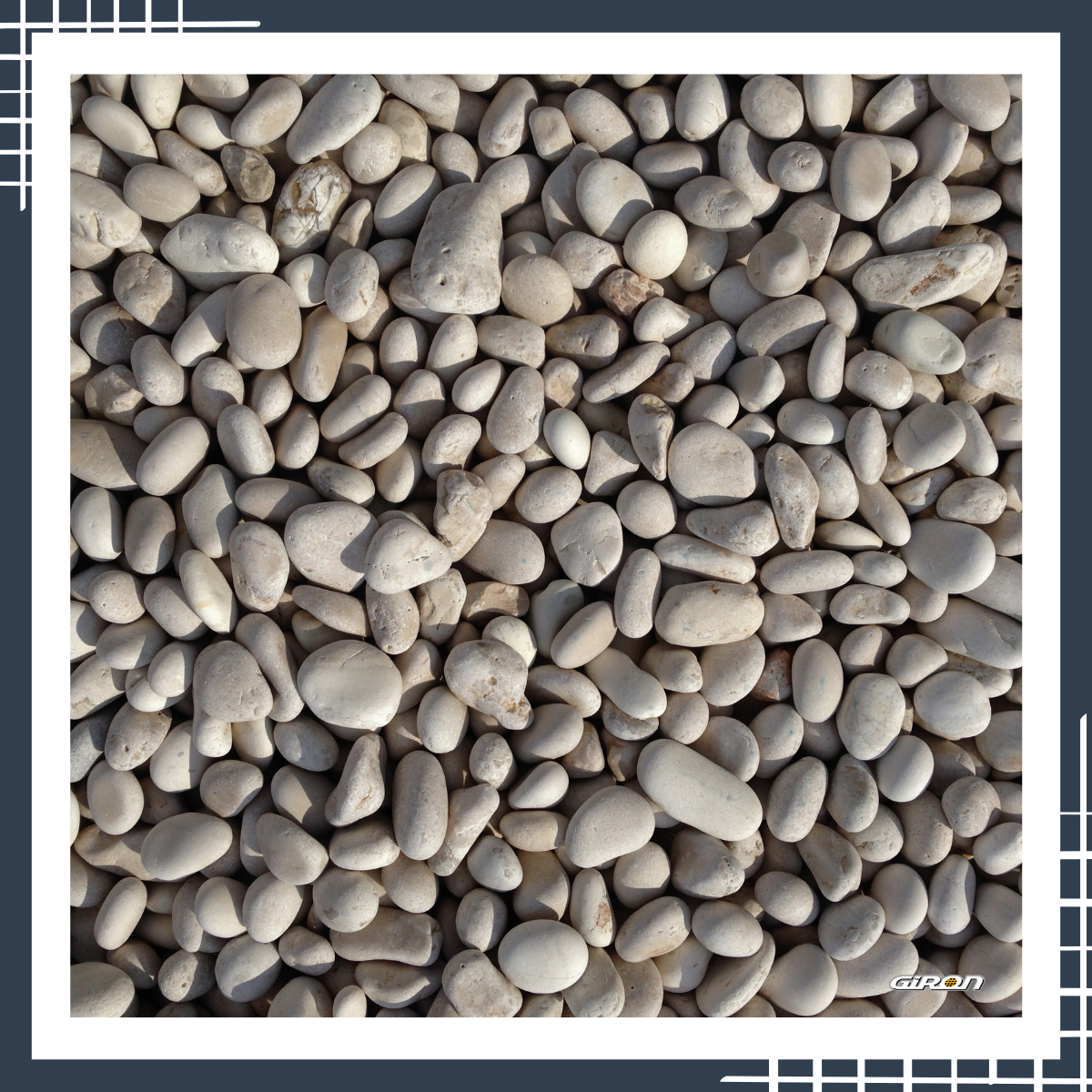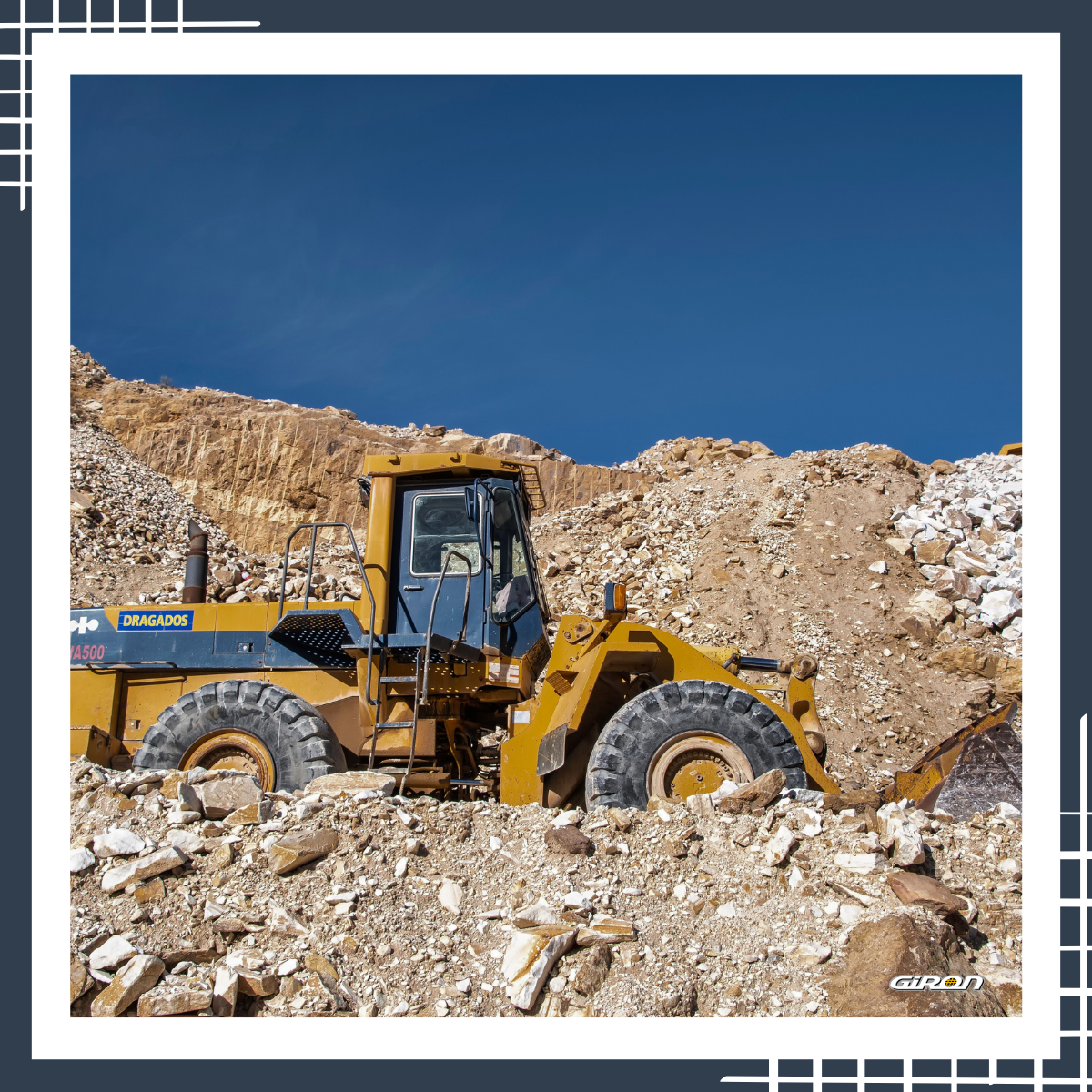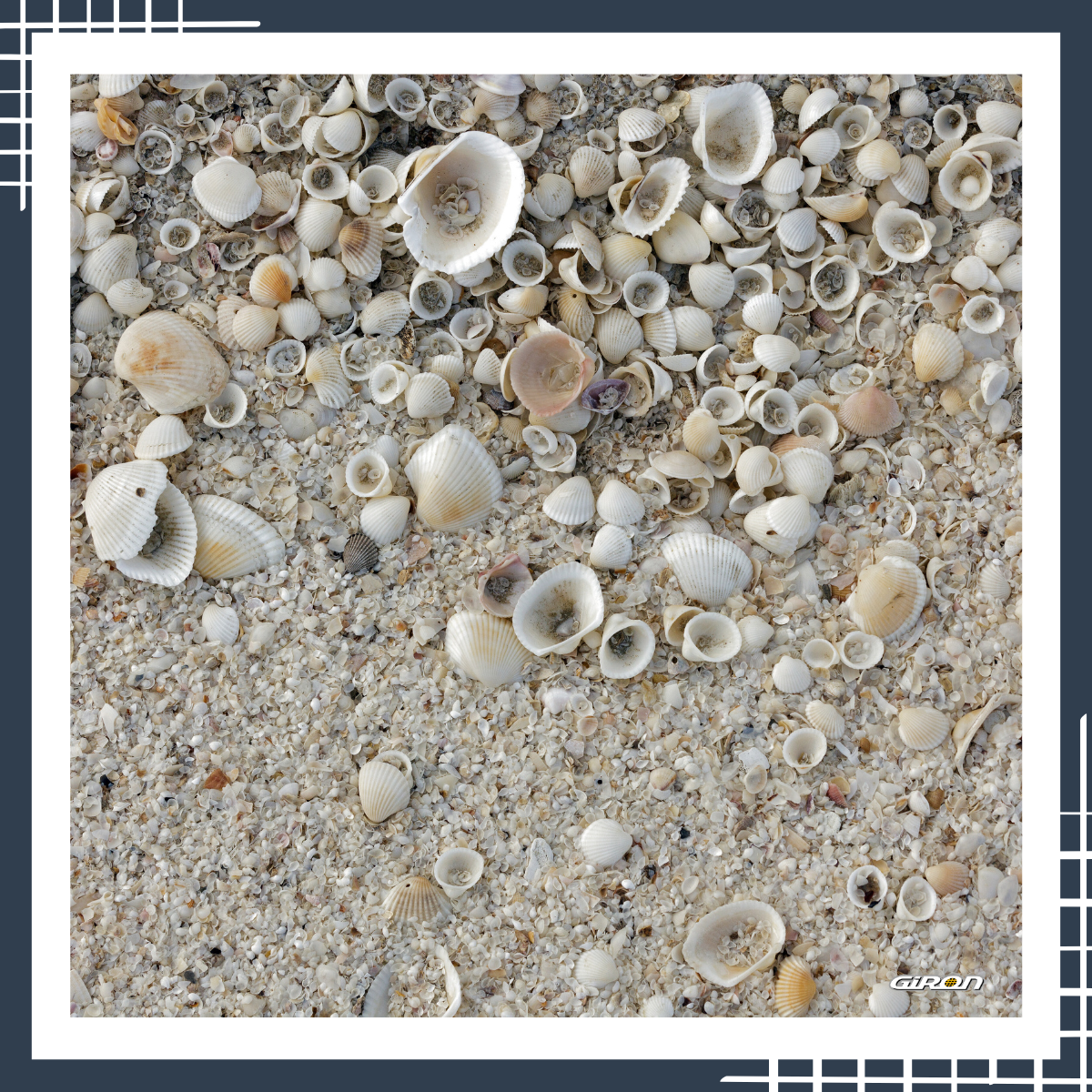WHAT IS AGGREGATE ?

Aggregate is a granular material, of mineral or recycled origin, with a size of between 0 and 125 mm. It is mainly used in the public works sector for the construction of structures (concrete, buildings, bridges) and infrastructure works (roads, motorways, railways).
Aggregates are distinguished by their nature, shape and properties, which vary according to their geological origin and the production processes used. Aggregates are produced from :
- Loose or solid rock (glacial and marine alluvium, eruptive, volcanic, sedimentary and metamorphic rock)
- Coastal and alluvial sands and gravels
- Layers of sand and sandstone
The different types of aggregates :
To find out which aggregate family a mineral aggregate belongs to, you need to look at its d/D granular class. The granular class, expressed as d/D form, is a valuable indicator for determining the family to which an aggregate belongs. It represents the smallest dimension (d) and the largest dimension (D) of the grains making up the aggregate. By analysing the particle size distribution, i.e. the distribution of grains according to their size, it is possible to classify aggregates into different categories, each with its own specific properties and uses.

Massive rock aggregates roches are an important category of aggregates used in the building and public works sector. They differ in origin and production method, giving these materials specific properties.
Aggregates alluvial, also known as loose rock aggregates or rolled aggregates, are characterised by their rounded shape and sedimentary origin. They represent an important category of aggregates used in construction and public works.


Aggregates recycled, derived from the processing of used building materials, are a promising ecological solution to the environmental challenges facing the building and public works sector. They represent a sustainable alternative to natural aggregates while contributing to the circular economy.
Aggregates sailors, made up of siliceous and calcareous sands and gravels, represent a precious mineral resource buried in the seabed. Their increasing exploitation raises major environmental and social issues, which need to be considered alongside their advantages and applications in the building and public works sector.

To be used, aggregates are classified according to their particle size. To do this, they undergo several treatments, such as crushing and, above all, screening, which enables the products to be graded and sorted by recoverable dimensional class, characterized by their smallest dimension (mm), known as "d", and their largest dimension, known as "D":
| Appellation (France) | d | D |
| Fine | 0 | ≤ 0.63 |
| Sand | 0 | ≤ 6.3 |
| Gravel | ≥ 2 | ≤ 31.5 |
| Serious | 0 | ≤ 100 |
| Pebbles | ≥ 20 | ≤ 150 |
WHAT ARE AGGREGATES USED FOR?
Aggregates - granular materials of mineral or recycled origin - play a crucial role in the construction of our built environment. They are omnipresent in civil engineering works, roadworks and buildings, contributing to the solidity, durability and functionality of our infrastructures and our homes.
The aggregates industry is continually committed to improving its practices and promoting the responsible use of these precious resources.
For almost a century, the GIRON and its teams provides its customers with support for material screening operations. Our technicians advise and propose a complete range of screening media, including metal and in synthetic, to enable our customers to obtain the most suitable cost per tonne screened,while respecting the specifications and standards of use of their products
Aggregates are essential materials, with a wide range of applications and a crucial role in the construction and development of our environment. However, their production and use must respect the principles of sustainable development, giving priority to recycling solutions and minimising their environmental impact.
